It Takes a Village: Meet Staff Who Live Out the Call for Community
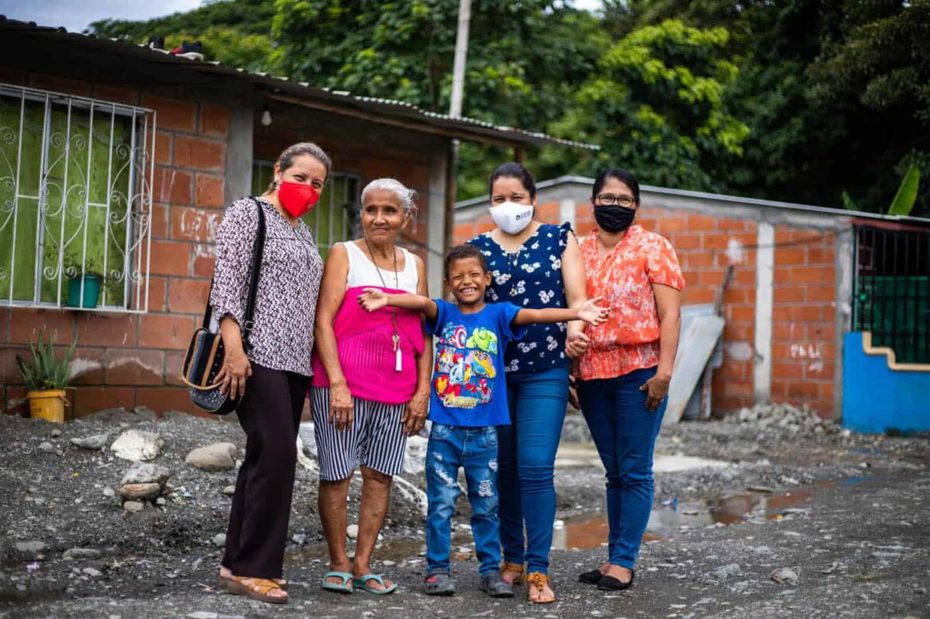
I’ve always loved the sentiment “It takes a village.” To me, those four words encapsulate the most powerful aspect of human growth and development: community. We all have a village surrounding us. And so does each and every child in the Compassion program.
Continue Reading ›The Lasting Impact One Church Made in a War-torn Community
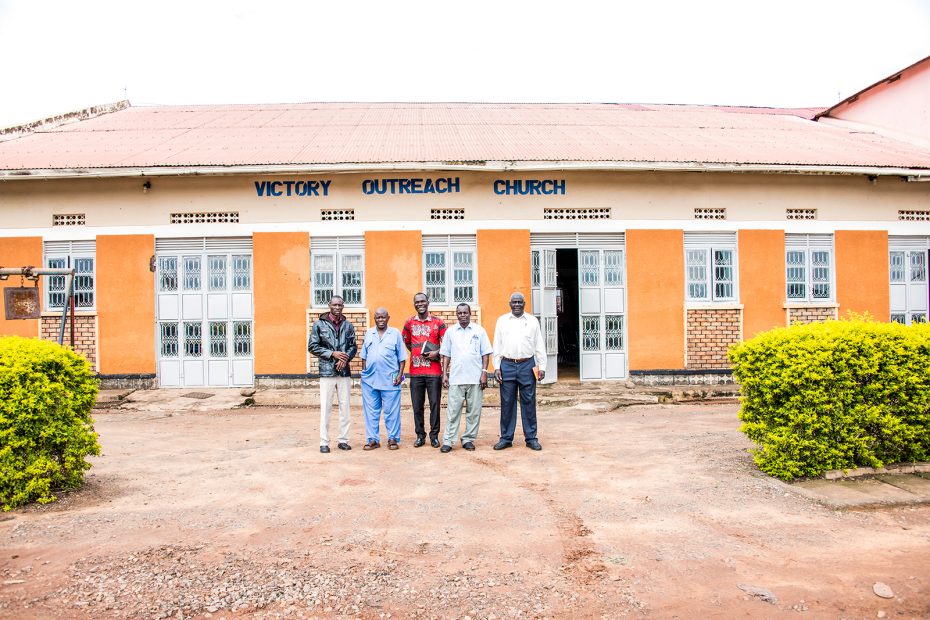
In the wake of war brought on by Joseph Kony and the LRA, this village in Uganda was left in devastation and great need. Until the church, in partnership with Compassion, stepped in to transform their community.
Continue Reading ›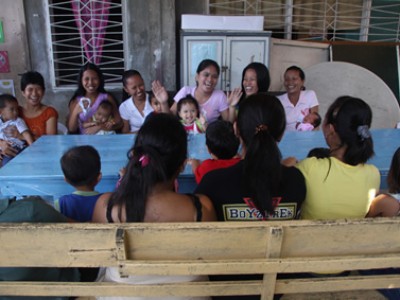
Community is More Than a Dream
Dietrich Bonhoeffer wrote that He who loves his dream of a community more than the Christian community itself becomes a destroyer of the latter. His words remind us that unity is more than a dream.
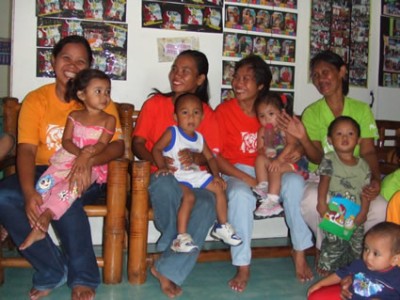
Dealing With Postpartum Depression in the Developing World
Psychologists also say that one of the best solutions to fighting postpartum depression is the company of other people, especially the company of other women who have the same experiences.
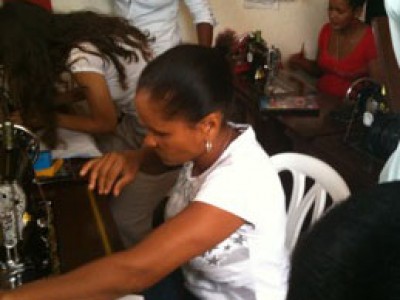
Bringing Baseball to the Batey: Rained Out
Yesterday, I made it into Batey Aleman, during a complete rainout. Tropical Depression Bonnie paid a visit and the rains haven’t ceased.
Right before going to the batey, I stopped at the Compassion Dominican Republic office and saw the 87 boxes of Rawlings and Nike equipment lining n entire wall three feet deep. I also learned quite a bit about Albert Pujols involvement in all the details of this league, including the discussions he had with Nike and Rawlings about what the team would look like.
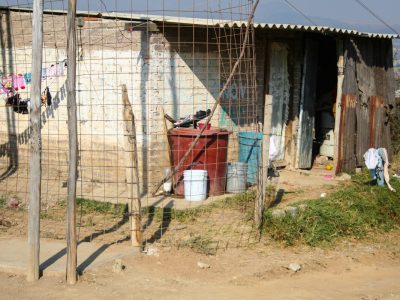
What Is Life Like for Mexico’s Suburban Poor?
Our child development centers are distributed in different types of settings in Mexico; the biggest difference is between urban and suburban areas. In the context of this blog post, the term “suburban” is defined a bit differently than in the developed world: Suburban areas are smaller cities or towns, normally located on the outskirts of main cities, with at least 5,000 inhabitants, but with few services.

What Is Life Like for the Urban Poor in Mexico’s Cities?
Our child development centers are distributed in different types of settings in Mexico; the biggest difference is between urban and suburban areas.
In the context of this blog post, the terms “urban” is defined a bit differently than in the big cities of the developed world: An urban area corresponds to small communities concentrated in cities with more than 10,000 inhabitants, with the majority of public services at hand.
Gezahegne’s Community Development Work
Gezahegne is director of Mekanisa Addis Kidan Child Development Center, one of the oldest child development centers in Addis Ababa, the capital city of Ethiopia. When asked to initially volunteer his time as the center accountant in 1991, he said, “For this kingdom work, I will do it.”
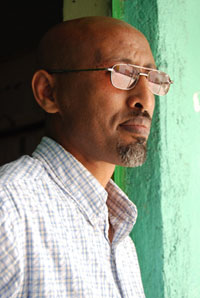 The idea for the center began in 1989 through the initiative of Gezahegne and other church leaders who discussed various options to evangelize in the community. After these many discussions, Gezahegne says, “We agreed that Compassion would be the best method.”
The idea for the center began in 1989 through the initiative of Gezahegne and other church leaders who discussed various options to evangelize in the community. After these many discussions, Gezahegne says, “We agreed that Compassion would be the best method.”
At the time, Compassion required only three people to start a child development center – an accountant, a social worker, and a director. Gezahegne’s accounting experience prompted the church elders to invite him to that position.
After Gezahegne’s initial work as the center accountant, he was approached again by the church elders to become the center director.
As Gezahegne reflects on the impact of his program, he says,
“When I was a child, my friends and I had no direction or guidance growing up. Here at Compassion we fight to protect the children from negative influences, and we give them support to continue their education.”
This academic support for the children comes in the form of tutorial classes and money for school fees and materials, including clothing. However, the program also provides for their physical and spiritual needs as well; Compassion gives grains and other food stuffs, hygienic materials, and provides summer and Vacation Bible School and Bible studies for the children.
The child development center is located in one of the poorest communities in Addis Ababa, near the city dump where many beggars reside, pilfering through the garbage to get food. (more…)
Haiti News: Changing Children Within a Community
Growing up in Haiti, Milord was no stranger to need. In his rural home of Petit-Goave, where the average income is barely more than $1 a day, he experienced poverty personally and saw how it affected those most vulnerable, women and children. It became his personal dream to impact his community for good.
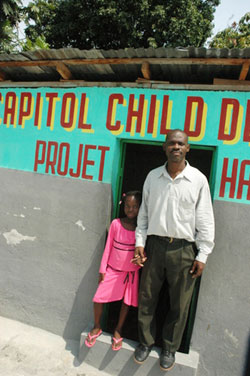 When he moved to the city and became part of the Capitol Development Center, he became the leader of the youth club … and decided he wanted to become the leader of the entire child development center so he could help make an impact on his community.
When he moved to the city and became part of the Capitol Development Center, he became the leader of the youth club … and decided he wanted to become the leader of the entire child development center so he could help make an impact on his community.
Milord was so committed that he, once a Compassion-sponsored child himself, achieved this mission when he became the director of the Capitol Development Center. He is honored to minister to 450 children through the child sponsorship program and 90 children and caregivers through the Child Survival Program (CSP). His mission is to bring them spiritual, socio-emotional and economic change.
Milord has now been successfully working as the center director for eight years. He became director just several years after graduating from the program himself, having studied social work and theology at the university. (more…)
The Community That Ended Poverty
Just the other day I read something in the Bible that, although I must have read it a hundred times before, never jumped out at me the way it did this time. The words practically threw themselves off the page. I was reading at the end of Acts 4 …
“All the believers were one in heart and mind. No one claimed that any of his possessions was his own, but they shared everything they had. With great power the apostles continues to testify to the resurrection of the Lord Jesus, and much grace was upon them all. There were no needy persons among them. For from time to time those who owned lands and houses sold them, brought the money from the sales and put it at the apostles’ feet, and it was distributed to anyone as he had need.” – Acts 4:32-35 (NIV)
Wait a minute … did I read that right? There were no needy persons among them. How did I miss this before?
Back in July we had a discussion about whether or not we should – or even can – end poverty. It was a good discussion with some very insightful comments.
This verse wasn’t mentioned in that discussion, but as I read the verse I started to ponder something.
If the believers in Acts were able to essentially eradicate poverty among their community, why couldn’t we (the Church) follow their lifestyle and do the same today? What would happen if churches would simply start following the model of the Church in Acts? Could we eliminate poverty?
What do you think? Does this verse change how you think about poverty and the Church’s role in ending it?


